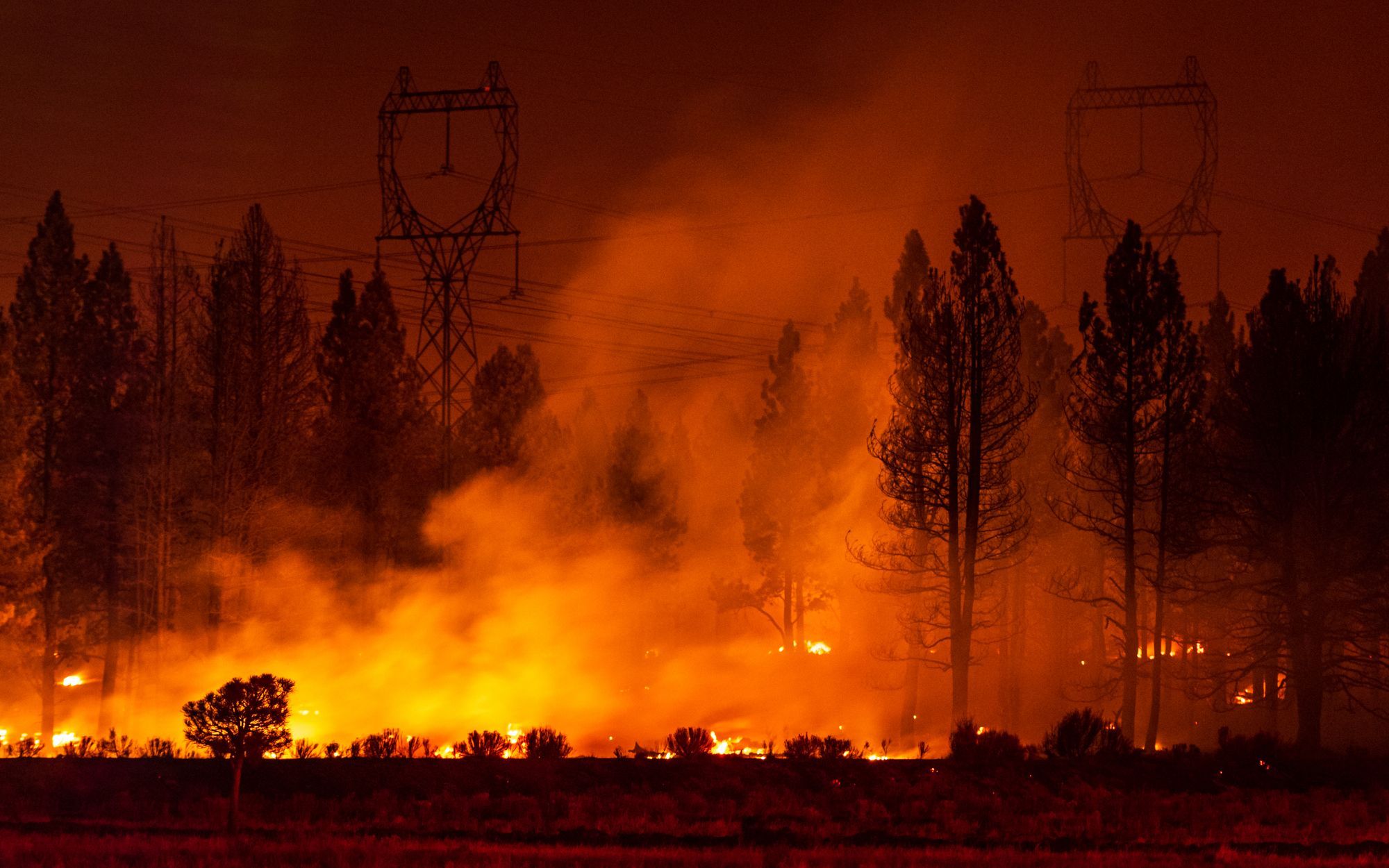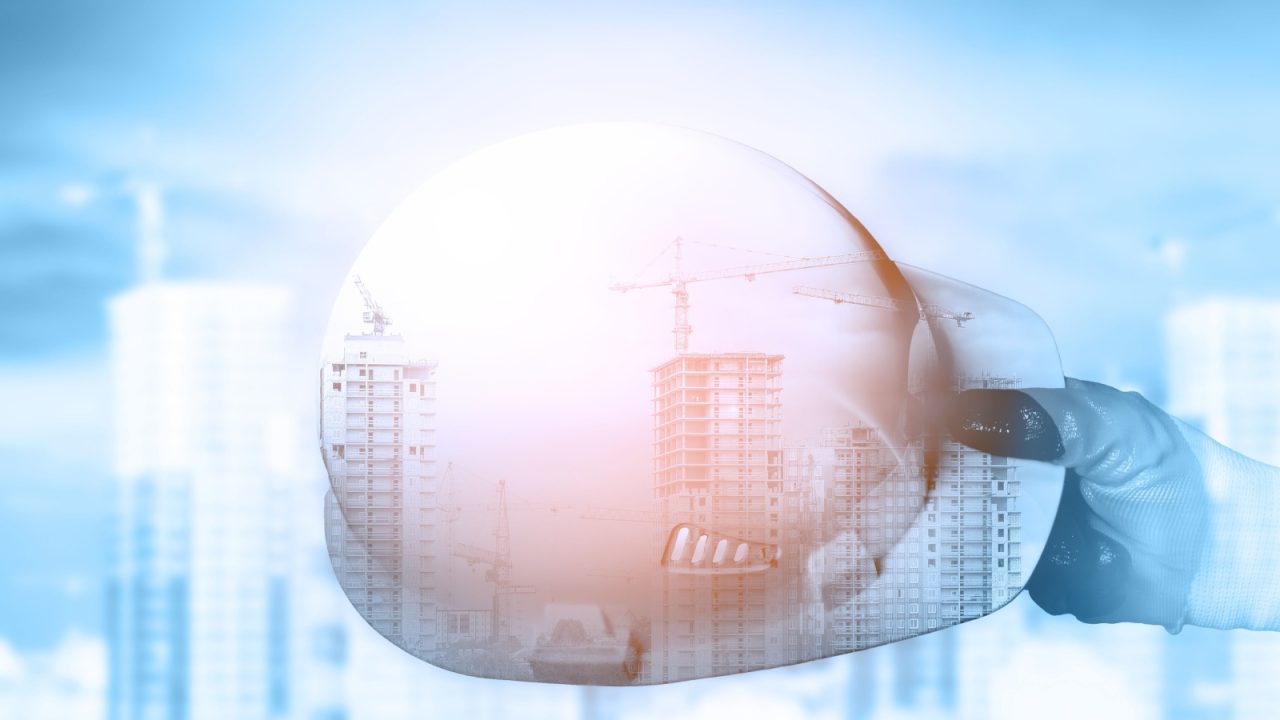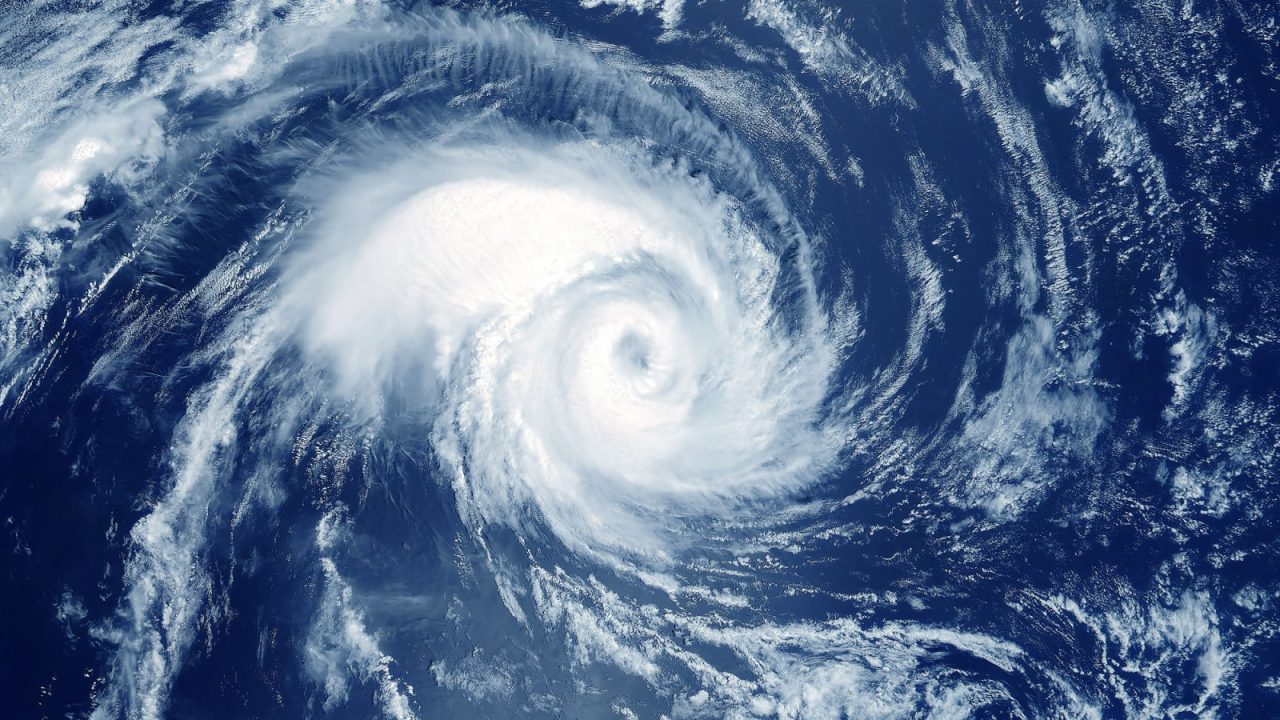According to the National Fire Protection Association, between 2016 and 2020 an estimated average of 4,300 fires per year plagued structures under construction, adding up to about $376 million in annual property damage. More recently, the National Centers for Environmental Information reported that wildfires accounted for more than $3.2 billion in damages across the United States. These figures alone point to the heightened awareness that all companies—particularly construction companies—should maintain surrounding the unique challenges and risks that wildfires can present and how they could potentially impact the integrity of projects and the associated safety of their workers.
As North America grapples with the increasing frequency and severity of wildfires, hurricanes and additional severe weather events, numerous industries have had to adapt and implement proactive measures to minimize their risks and associated exposures. The impact of these natural disasters on the construction industry is indisputable, necessitating proactive measures that construction companies should seriously consider adopting to effectively mitigate those risks, efficiently navigate insurance complexities and seamlessly integrate data-driven solutions alongside modern tools like AI and predictive modeling.
The construction companies that the insurance industry regularly engages face the highest risk and receive the most negative impact from wildfires that may include higher-risk entities, such as power-line contractors and power-infrastructure companies. Contractors working on power lines in wildfire-prone regions face the risk of downed or damaged lines, and even potentially impacting major infrastructure grids causing more widespread impact.
Additionally, increased lightning activity, windstorms and extreme heat further elevate the potential for sparks that can ignite fires. Power-infrastructure companies responsible for maintaining and ensuring the reliability of electrical lines are increasingly susceptible to risk as weather extremes intensify.
To effectively navigate the complex challenges posed by the current weather climate, companies like these should consider adequate insurance coverage and proactive risk-management strategies to be as prepared as possible. Finding adequate insurance is the priority for most construction buyers; by building ample resilience against the increasingly extreme weather conditions in North America, companies will strengthen their planning and minimize susceptibility in the future.
Proactive Measures for Risk Mitigation
While managing present risks is an important benefit of having a strong risk adviser to provide guidance and specialized expertise, taking proactive measures can make for a much more seamless recovery process from the unpreventable: severe weather.
The onset of wildfires, hurricanes and other natural disasters heightens the risk of loss among companies, especially those in the construction field. As risks increase, construction companies will need to assess their insurance policies more frequently to ensure adequate coverage for these potential events. Insurers, in close concert with broker partners, are also adapting to current climate risks and are helping companies navigate the complexities of specialized insurance solutions by tailoring their policies to specific risks for industries such as construction. Brokers bring a unique understanding of the broad insurance market, including all carrier options and solutions, helping to identify and target the specific risk-transfer solutions most relevant and applicable to a particular construction company and their risk profile.
Another way to proactively manage risk is by implementing comprehensive safety protocols, which is crucial in mitigating risks associated with severe weather events. Construction sites should have emergency response plans, evacuation procedures and employee training programs in place to ensure everyone is prepared in the event of severe weather.
Integrating fire-resistant materials can significantly enhance a building’s resilience in preparation for wildfires. Using materials such as fire-resistant insulation, roofing and cladding can help prevent the rapid spread of fire and minimize structural damage if a building is directly impacted. Moreover, stringent building codes are in place to withstand events like hurricanes and wildfires. Adhering to these codes is essential, as they have been designed to create resilient structures capable of withstanding high winds, heavy rains and intense heat.
Navigating Insurance Complexities
Insurance brokers play a vital role in assessing risks and exposure related to wildfires and natural disasters. An expert insurance broker partner has a deep understanding of the entire insurance carrier market, including all potential solutions and programs that could be useful for the exposures that various construction companies may be facing. The right broker is also a risk adviser and can bring unique expertise on the value of various offerings presented by a number of insurance carriers to address a company’s specific risks and concerns. Apart from employing risk-mitigation tactics before a severe weather event, construction companies may also need to navigate the complexities of insurance claims after these disasters.
Insurance brokers can present specialized risk-transfer programs to construction companies from the entire insurance carrier spectrum that can address the unique risks the construction industry and specific companies face. These programs encompass coverage for construction delays, property damage, business interruption and liability claims arising from natural disasters. However, the increasing frequency and severity of wildfires and hurricanes have led to an evolving insurance landscape. Construction businesses face challenges in obtaining the appropriate coverage due to higher premiums, stricter underwriting guidelines and limited insurance availability in high-risk areas.
To determine the possibilities of insurance coverage for a construction company, a risk assessment is conducted to allow the experts and specialists at an insurance broker to evaluate the insurance carrier market, identify those that can present the most relevant and effective policies/solutions and to provide appropriate coverage and pricing. Through this assessment, a strong insurance broker will work with the insurance carriers to evaluate the location risks, proximity to high-risk areas, construction methods, materials and related specific coverage points used to understand the potential risks associated with a construction project.
Building Resilience in the Construction Sector
The construction industry must adapt and build more resiliently in the face of increasing severe weather events. Data-driven and analytical solutions can aid construction companies in risk assessments and overall preparedness.
Leveraging advanced data analytics and risk-modeling tools enables construction companies to analyze vulnerabilities, identify high-risk areas and make informed decisions in advance of a natural disaster. These solutions provide valuable insights into potential impacts, allowing for proactive risk-mitigation protocols to be implemented.
Collaborating with risk-management consultants, architects, engineers and insurance advisers will help to develop comprehensive risk-management plans. This expert guidance also ensures compliance with building codes, such as the use of sturdy, weather-proof materials, along with the implementation of other best practices that contribute to resilient building.
In addition to consulting with experts, emerging technologies such as drones, remote sensing and predictive analytics can be helpful for monitoring risks in real time as well. These tools provide valuable data for risk mitigation, early detection of potential hazards and enhanced emergency response capabilities.
As natural disasters persist in North America, the construction and insurance industry must proactively address the risks associated with these natural disasters. By evaluating insurance coverage, implementing safety protocols, utilizing fire-resistant materials and adhering to fortified building codes, construction companies can reduce exposure and ultimately contribute to safer and more resilient communities.






